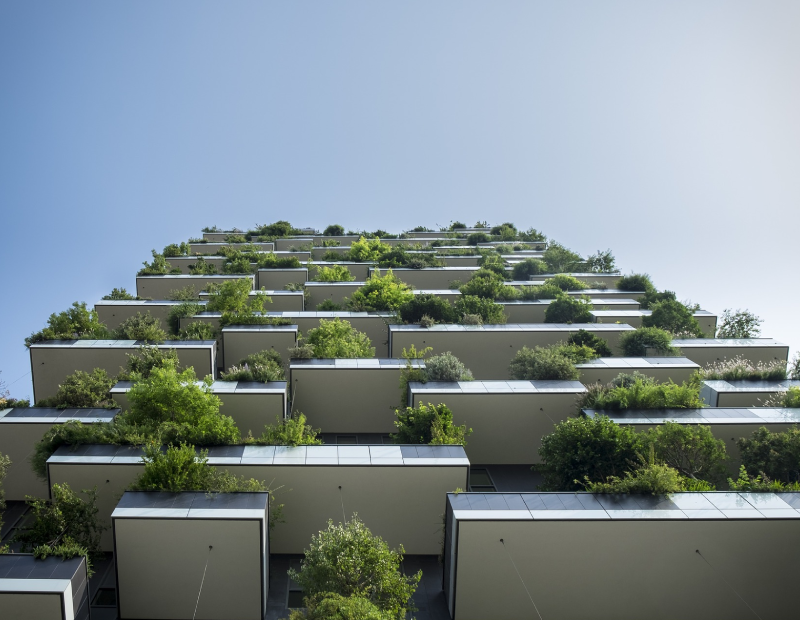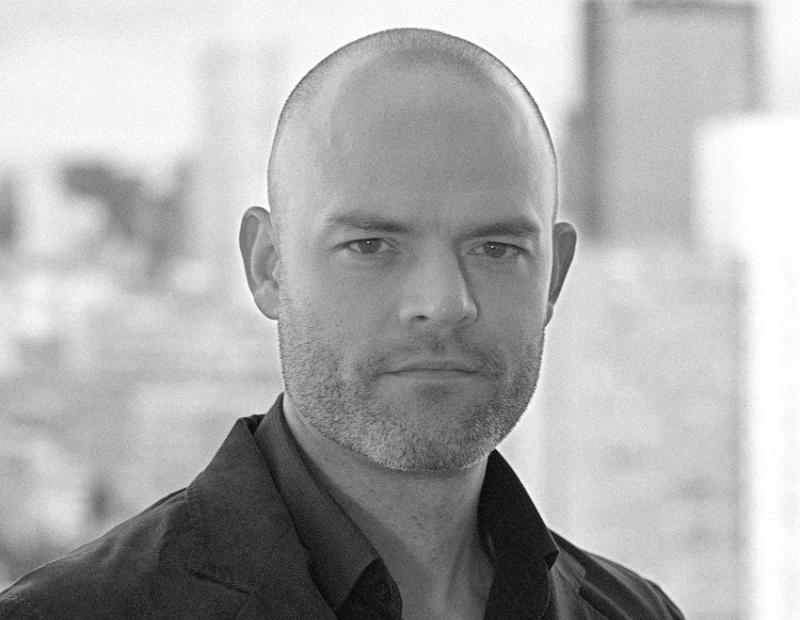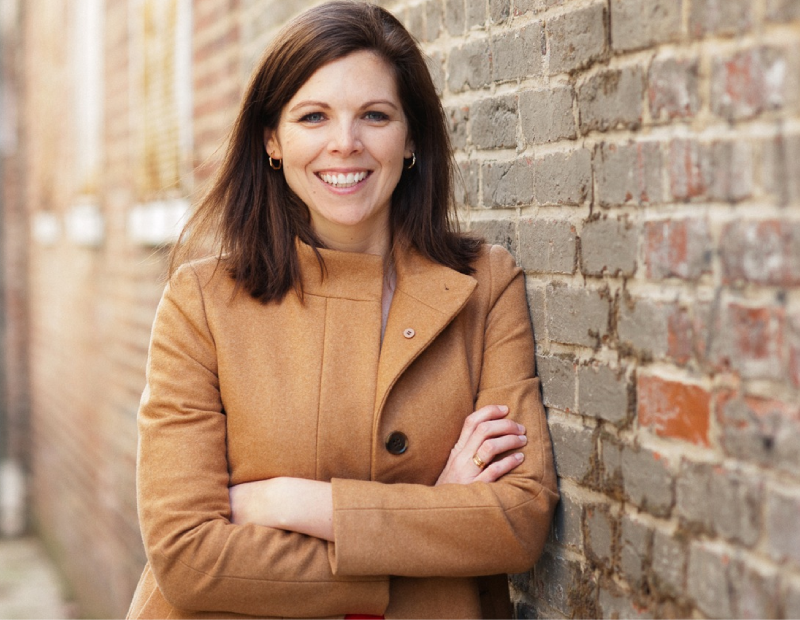Green Building Gains Territory
COVID-19 is boosting interest in green building, as developers understand the need to prioritize the well-being of their tenants.
The coronavirus outbreak has amplified the discussion around healthy buildings, which started years ago as the world began responding to the effects of climate change. The experience of the COVID-19 crisis can help update the textbook for healthy developments and be used to ensure people stay safe amid other pandemics.
“Creating healthier spaces has become more important over the last several years and the industry has been working hard to ensure buildings are designed, constructed and operated in a way that benefits our health and well-being,” USGBC Senior Vice President Melissa Baker told Commercial Property Executive.
Now, health is part of the definition of green building, in addition to sustainability, and this translates into how projects are planned and built. “If you think back 10 years ago, practices like low VOC paints and finishings, biophilic design and low-flow water fixtures were still emerging, and today they have become an expectation,” Baker added.
READ ALSO: Green Building: Beyond the Environment, Operational Savings
How do green buildings work? First of all, a sustainable property incorporates design and construction strategies that are aimed at indoor environmental quality, increasing the efficiency of energy, water and resource consumption, as well as minimizing environmental impact. Second, green building materials are an important component. These must be renewable and raw, generate less waste and be more durable.
Such a construction can help its tenants cope better with the public health crisis and prevent and control the spread of COVID-19. Some green building benefits include:
- Increased ventilation with outdoor air, because recirculated air increases the chances of the virus getting trapped in the air vents of the air conditioning systems.
- Basic functions for epidemic prevention and control—green buildings put a lot of emphasis on indoor disinfection and cleaning.
- A healthy, stress-free, more productive environment through the addition of plants and eco-friendly materials to reduce the concentration of indoor air pollutants such as ammonia, formaldehyde or benzene.
“Enhancements to HVAC systems, improved filtration, the introduction of more outside air and reduction in the recirculation of air, for example, are important elements inherent to green building that will strengthen and become more commonplace. Even if a building doesn’t have a greener development plan in mind, we see those ideas being incorporated into traditional construction,” Merkelson said.
The LEED certification is a staple in green building and is awarded to projects that meet these criteria, and more. “After a project has determined it meets those prerequisites, it can earn points for various green building strategies outlined in the rating system. Based on the number of points achieved, a project earns one of four LEED rating levels: Certified, Silver, Gold or Platinum,” Baker said.
While many developers think sustainable solutions are more expensive, in the long term, the operational savings and reductions in terms of water and energy costs will be higher. One of the greatest challenges remains convincing developers it’s worth walking this path.
“Convincing clients it is worth it and then making sure the initiatives stay intact through the process (is challenging). There’s a perception that doing a sustainable project means more cost, and while this may or may not be true for first costs, that delta is shrinking and both sustainable materials and systems are becoming more affordable,” said DXA studio Co-Founder Wayne Norbeck.
LEED-accredited professional Eric Merkelson, associate director at Macro, believes that the discussion around green building is actually less about costs and more about the need to future-proof a project. “Green development has changed. It’s now built into the longer-term and bigger strategy, and sustainable building costs have gone down to be competitive with traditional construction. There’s not as much of a premium. There’s also the future market as the demand for sustainable buildings continues to grow.”
To get a sense of how green building has evolved, we looked at some numbers related to LEED certification. Currently, there are LEED projects in all 50 states and more than 200,000 LEED professionals trained to take a project through the program. Last year, more than 2,200 projects achieved LEED certification in the U.S., representing more than 501 million gross square feet of space, according to USGBC. Baker named the top five states with the most square footage of LEED space per person; Colorado is first on the list, with nearly 4.8 gross square feet of LEED space, followed by Illinois, New York, Massachusetts and Hawaii.
“New York City launched the OneNYC 2050 plan, with aggressive new legislation aimed to combat climate change, such as the installation of green roofs and solar energy systems on rooftops throughout the city as required by Local Law 92 and 94,” said Norbeck.
Green Building’s Post-Pandemic Role
The COVID-19 outbreak has added an extra layer in the work of architects and developers who had already been prioritizing health and well-being. This new step refers to adding new amenities and services in upcoming projects.
“The integration of medical care into architecture is something we’re looking at, and disaster relief housing has become a focus of the studio,” Norbeck said. “We can see that flexibility of home and workplace moving will be very important as we need to accommodate residential, professional and even schooling spaces into our immediate environments. Infrastructure changes towards decarbonization and zero-net communities will continue to be a focus towards making healthy communities.”
READ ALSO: Challenge Accepted: Building for a Sustainable Future
Last month, USGBC released an economic recovery strategy meant to improve the rating system for obtaining LEED certification with the data the organization gathers as the outbreak and its effects continue to unfold. This month, it updated its strategy with some green best practices for LEED projects.
“We developed four Safety First Pilot Credits and released those on June 9, and will add additional pilot credits in the near future. These are the first pilot credits as USGBC works to provide guidance and engage in a dialog with our industry around building operations and design, both during and after the pandemic,” Baker added.
The “safety first” credits include four components:
- Cleaning and disinfecting your space.
- Reentering your workspace.
- Building water system recommissioning.
- Managing indoor air quality during COVID-19.
The newer versions of the credits will also include insights from builders. “We have also issued a call for proposals and invited the community to share their feedback on the credits and offer new ideas based on their experience that can help inform our work moving forward,” Baker added.
The International WELL Building Institute, another organization known for its certifications of developments that prioritize people’s health and wellness, announced a similar initiative around the same time. Its WELL Health-Safety Rating focuses on the measures taken for the health and safety of people entering spaces of all kinds, filtered and reviewed by the organization’s COVID-19 task force of 600 public health experts, virologists, government officials, academics, business leaders, architects and more.











You must be logged in to post a comment.